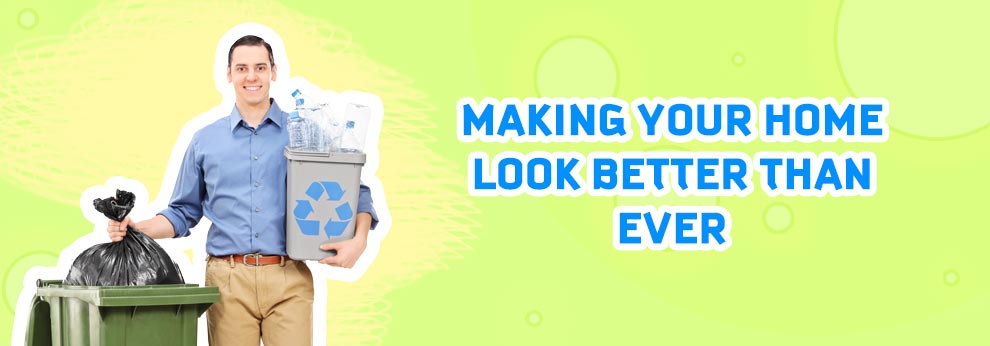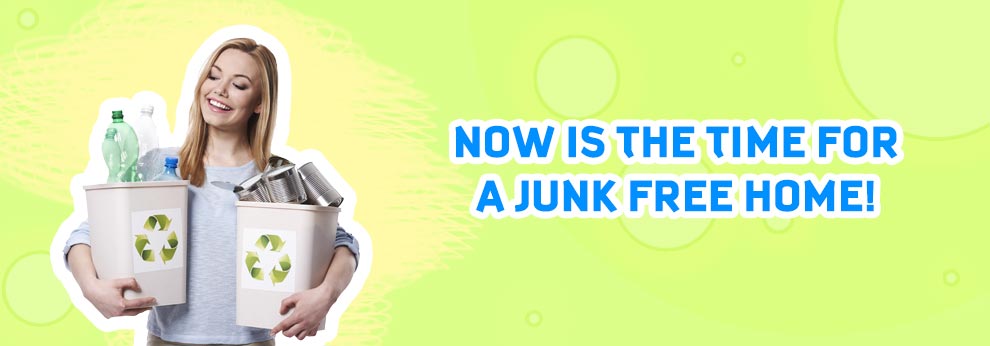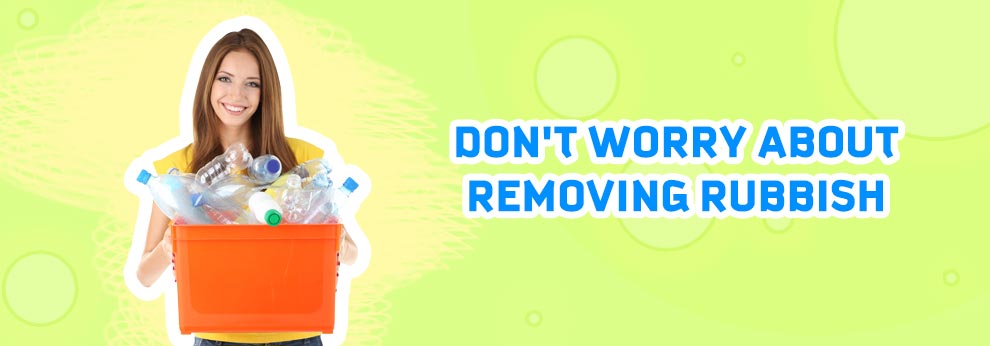Practical Decluttering: A Simple Home Guide
Posted on 20/11/2024
Practical Decluttering: A Simple Home Guide
Introduction to Decluttering
Decluttering your home can seem like an overwhelming task, but breaking it down into manageable steps can make the process much simpler and more achievable. This guide aims to provide practical tips to help you create a more organized and serene living space, enhancing both your home environment and your mental well-being.

Why Decluttering Matters
A cluttered home can often lead to a cluttered mind. By reducing unnecessary items and organizing your belongings, you can create a more peaceful and efficient space. Clutter can impact your mental health, increase stress levels, and reduce productivity. Decluttering creates a tranquil environment that can significantly improve your quality of life.
Steps to Effective Decluttering
1. Start Small
Begin by tackling smaller areas. Start with a single drawer or a shelf rather than an entire room. This will help you build momentum and avoid feeling overwhelmed.
2. Categorize Your Belongings
Separate items into categories such as 'keep', 'donate', 'sell', and 'discard'. This will help you systematically go through your belongings and make decisions more easily.
3. The Four-Box Method
This technique involves using four boxes labeled: trash, give away, keep, and relocate. As you go through your items, place each one into the appropriate box. This method helps in making quick decisions and simplifies the sorting process.
Room-by-Room Decluttering Tips
Kitchen
- Clear out expired food items and donate unopened items you won't use.
- Organize kitchen utensils and tools by usage.
- Use clear containers for pantry storage to easily see contents.
Bedroom
- Limit clothing to items you regularly wear and love.
- Store seasonal clothes in vacuum-sealed bags.
- Keep your nightstand free of non-essentials.
Living Room
- Dedicate storage solutions for remote controls, magazines, and books.
- Limit decorations to a few favorite pieces.
- Ensure that furniture doesn't block walkways and creates a flow within the room.
Maintaining a Clutter-Free Home
Create a Cleaning Routine
Developing a regular cleaning and decluttering routine can help maintain order. Allocate specific times during the week for tidying up to prevent clutter from accumulating.
Adopt the One-In, One-Out Rule
This rule involves removing one item from your home for every new item you bring in. This helps in maintaining the balance and prevents re-cluttering.
Pros and Cons of Decluttering
Pros
- Improved mental clarity and reduced stress.
- Easier to find things and increased efficiency.
- Enhanced aesthetic appeal of your living space.
- Better use of space and improved functionality.
Cons
- Time-consuming process.
- Emotional attachment may make it difficult to get rid of items.
- Initial mess before achieving the end result.
- Ongoing effort required to maintain a clutter-free environment.
Tips for Successful Decluttering
- Set specific decluttering goals for each session.
- Enlist the help of family members or friends to make it more enjoyable.
- Use storage solutions that work for your specific needs.
- Reward yourself after completing a decluttering task to stay motivated.

Takeaways
Decluttering can significantly contribute to a more organized, efficient, and serene home. Although it may require effort and emotional labor, breaking the task into smaller, manageable steps can make the process more achievable. Developing a routine and adopting practical methods can help maintain a clutter-free environment.
Conclusion
Practical decluttering is not just about getting rid of things but creating a space that brings joy and functionality into your life. By following the methods and tips outlined in this guide, you can transform your home into a sanctuary of simplicity and calm. Embrace the process, and enjoy the myriad benefits of living in a clutter-free environment.
```





